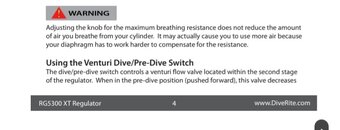The Navy, while the Mistral was approved for Navy use, never really got them. The U.S. Air Force for a while used the Mistral, which they purchased locally.It is a fun regulator to dive, but performance wise, it is out classed by my Scuba Pro. If this was fifty years ago, I can absolutely would dive the crap out of it. But is does have its down sides. It draws a lot harder on full tank. I have a steel 72 that goes with it, but I am not sure I would be comfortable using a 3000 psi tank with it. It wasn't made for those pressures. I love the incredible simplicity of a single stage reg. I can see why the military would like it. I am sure they are bullet proof reliable. I limit the dives with it not because I think it will fail, but because I dive it completely old school, no BCD, no bailout. no gauges (I did get a banjo fitting and a old SP SPG, circa 1960, but haven't used it yet).
I have an DA Aqua Master that I started working on, but haven't finished rebuilding.
I would not recommend using a U.S. Divers Company Mistral on any tank pressure greater than 2250 psi. I put one on a 3,000 psi tank, and destroyed the seat (the metal disc for the pin "floats" on a seat material).
Cousteau used the La Spiro Mistral (not quite the same mechanism as the U.S. Divers Mistral) for decades, but the U.S. Navy stayed with the D.A. Aquamaster until they switched to single hose regulators (same as the U.S. Air Force).
SeaRat






